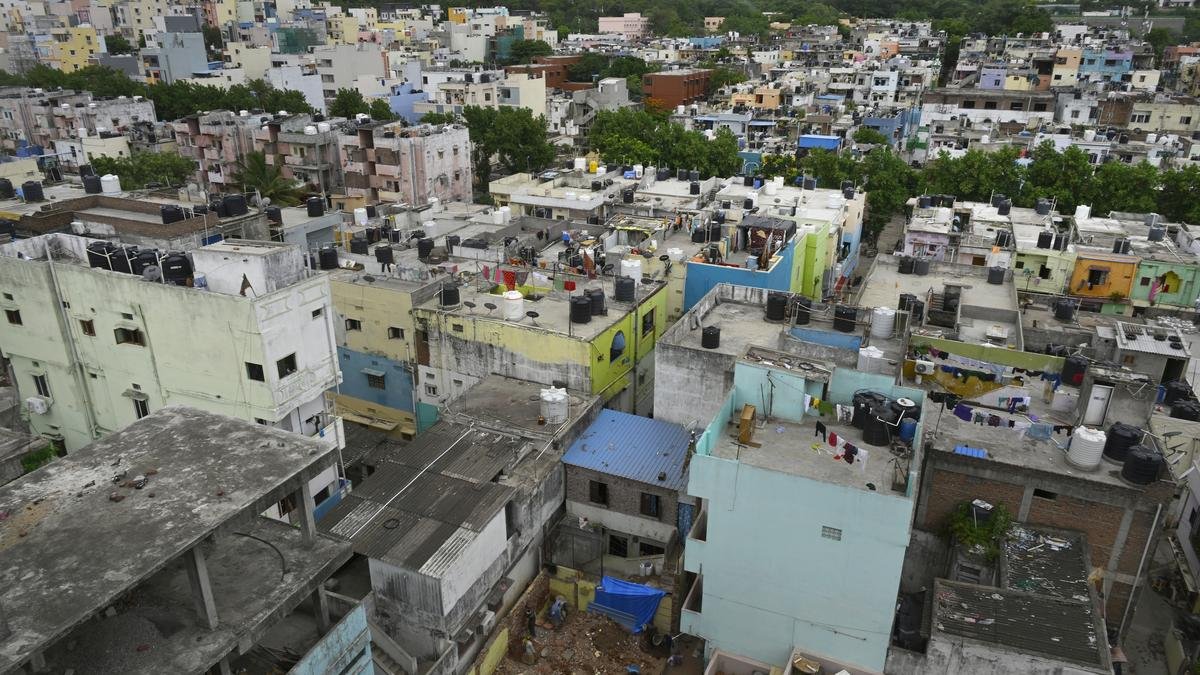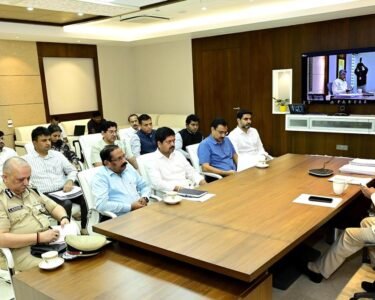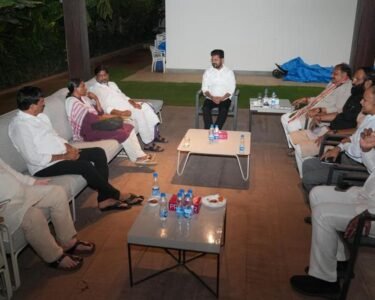In the heart of India’s southern states, Telangana and Andhra Pradesh, countless children are being robbed of their childhood. Despite constitutional guarantees and child rights laws, thousands of boys and girls find themselves working in hazardous conditions, away from classrooms, toys, and dreams. Their laughter is replaced with the clinking of tools and their future dimmed by the weight of premature responsibility.
The Grim Reality of Child Labor
According to government and NGO estimates, thousands of children in Telangana and Andhra Pradesh are involved in child labor — working in agriculture, roadside stalls, construction sites, textile units, and even domestic labor. Many are as young as 8 or 9 years old.
In rural areas, poverty compels families to send their children to work. A lack of economic opportunities forces parents to rely on additional income from children, even if it comes at the cost of their education and health. In urban regions, children migrate from villages to cities, often trafficked by agents who promise good jobs but deliver exploitation.
Educational Deprivation
The right to education, enshrined in Article 21A of the Indian Constitution, remains a distant dream for many children in these states. Dropout rates in government schools, especially among children from Scheduled Castes (SC), Scheduled Tribes (ST), and minority communities, are alarmingly high.
According to data from the Unified District Information System for Education (UDISE), dropout rates in upper primary and secondary levels remain a concern in backward districts like Mahabubnagar, Adilabad, Srikakulam, and Vizianagaram. The reasons range from economic hardship and distance to schools, to lack of proper infrastructure and gender-based discrimination.
Health Hazards and Psychological Trauma
Children who work in hazardous industries like bangle-making in Hyderabad or brick kilns in Guntur are exposed to severe health risks. Prolonged exposure to chemicals, dust, and repetitive labor causes respiratory problems, skin diseases, and physical deformities.
Beyond physical harm, many of these children also suffer emotional and psychological trauma. Living away from families, facing abuse from employers, and the burden of adult responsibilities crush their emotional well-being and sense of self-worth.
Government Schemes: Promise vs. Reality
While both Telangana and Andhra Pradesh have rolled out schemes to combat child labor and promote education — such as the Mid-Day Meal Scheme, KGBV residential schools for girls, and Bridge Courses for Out-of-School Children — implementation gaps persist.
The Telangana State Commission for Protection of Child Rights (TSCPCR) and the Andhra Pradesh State Child Protection Society (APSCPCR) have been working on child rescue and rehabilitation, but many rescued children eventually return to work due to lack of follow-up support, poor rehabilitation, or family pressure.
The Role of NGOs and Civil Society
Organizations such as MV Foundation, Child Rights and You (CRY), and Save the Children are working on the ground to identify child laborers, conduct rescue operations, and enroll children back in school. These NGOs also work with local panchayats and community leaders to create awareness about the long-term benefits of education over child labor.
Community-driven initiatives have seen success in some regions. In Khammam, for example, youth volunteers helped rescue over 200 child laborers in 2023 and enrolled them in bridge schools. Such models need to be scaled across districts.
Migration and the Vicious Cycle
Seasonal migration is another major contributor to child labor. During the harvest season, entire families migrate to brick kilns or cotton farms in different districts, taking children along. These children miss months of schooling, often dropping out permanently.
Without a structured policy for migrant families and education continuity, the cycle continues. The lack of coordination between states and weak enforcement of labor laws further aggravates the situation.
What Needs to Be Done
To truly end the tragedy of stolen childhoods in Telangana and Andhra Pradesh, a multipronged approach is essential:
- Strengthen child labor monitoring cells in every district and increase accountability for employers hiring minors.
- Enhance school infrastructure and ensure free, quality education along with counseling support for rescued children.
- Provide skill training and financial assistance to families, reducing dependence on child income.
- Involve local communities, gram panchayats, and religious leaders to change social mindsets around child labor and girls’ education.
- Implement migration tracking systems to ensure that migrant children are not excluded from education.
Conclusion
The story of child labor in Telangana and Andhra Pradesh is not just about poverty; it’s about systemic failure, societal neglect, and broken promises. When children are forced to trade books for bricks and games for grime, it’s not just their childhood that’s stolen — it’s our collective future that is denied. Urgent and united action is needed to restore their right to dream, to learn, and to live freely.







